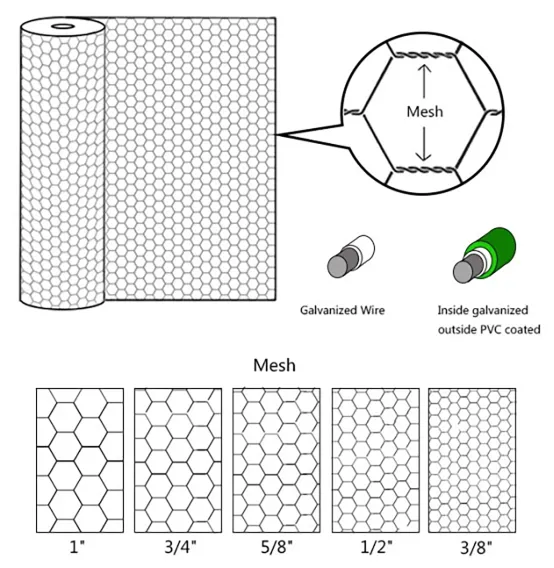Nov . 04, 2024 15:12 Back to list
Roofing Nails with Washers for Enhanced Roof Durability and Performance in Construction Projects
Understanding Roofing Nails with Washers Importance, Types, and Installation Tips
When it comes to roofing, selecting the right fasteners is crucial for ensuring a long-lasting and durable roof. Among various roofing materials and fasteners, roofing nails with washers have gained significant attention due to their effectiveness in providing a secure and weather-resistant bond. This article delves into the importance, types, and installation tips for roofing nails with washers.
Importance of Roofing Nails with Washers
Roofing nails are designed specifically for securing roofing materials like shingles, tiles, and membranes. Their design typically features a larger head to prevent pulling through softer materials. However, when roofing materials are exposed to harsh environmental conditions such as wind, rain, and temperature fluctuations, the need for additional support becomes apparent. This is where roofing nails with washers come into play.
Incorporating washers into the design of roofing nails enhances the waterproofing capabilities of a roofing installation. The washer acts as a protective barrier, distributing the load over a wider area and reducing the risk of leaks. This is especially important in regions prone to heavy rainfall or snow, as it helps maintain the integrity of the roof and ensures the home remains dry and comfortable. Moreover, the larger surface area provided by the washer minimizes the chances of the nail pulling through the roofing material due to lateral movement or thermal expansion.
Types of Roofing Nails with Washers
There are several types of roofing nails with washers available on the market, each suited for specific roofing applications
. Here are some of the most common types1. Plastic Washers These are lightweight and often used with asphalt shingles. They provide good moisture protection and help prevent rusting, making them ideal for various climatic conditions. Plastic washers also offer flexibility in extreme temperatures.
2. Metal Washers Commonly made of galvanized steel or aluminum, metal washers are robust and durable. They are typically used in roofing projects that require added strength, such as metal roofing or areas that experience heavy snow loads. Metal washers effectively resist rust and corrosion, making them suitable for long-term applications.
3. Composite Washers Combining the benefits of both plastic and metal, composite washers are designed to provide excellent resistance against weather elements while being lightweight. They find applications in modern roofing systems, particularly where aesthetics and durability are essential.
roofing nails with washers

4. Rubberized Washers These washers feature a rubber seal that further enhances waterproofing capabilities. When installed correctly, rubberized washers help create a watertight seal, making them ideal for flat roofs and structures where water pooling might occur.
Installation Tips for Roofing Nails with Washers
Proper installation of roofing nails with washers is key to achieving optimal performance and longevity. Here are some tips to consider during installation
1. Choose the Right Size Select roofing nails of appropriate size that correspond to the thickness of the roofing material you are using. Nails that are too short may not penetrate deeply enough, while nails that are too long can damage the underlying structures.
2. Position the Washer Correctly Ensure that the washer sits flat against the roofing material. Misaligned washers can create gaps that may lead to water infiltration, negating their protective benefits.
3. Avoid Overdriving When installing roofing nails, be cautious not to overdrive them. Overdriving can crush the roofing material, resulting in potential leaks and decreased holding power. The head of the nail should sit snugly against the washer without being pressed into the roofing material.
4. Follow Manufacturer Recommendations Adhere to the specific installation guidelines provided by the roofing material manufacturer. This may include spacing requirements and the number of nails with washers needed for each section of roofing.
5. Inspect Regularly After installation, it's essential to periodically inspect the roof for any signs of wear, corrosion, or compromised seals around the washers. Early detection of issues can save time and money in repairs and maintain the roof’s integrity.
Conclusion
Roofing nails with washers are an integral component of a secure and functional roofing system. Their ability to enhance waterproofing and provide superior holding power makes them an essential choice for roofing projects. By understanding their importance, choosing the right type, and following best installation practices, you can ensure that your roof remains reliable and resilient against the elements for years to come. Investing time and effort into selecting the right fasteners will undoubtedly pay off in the form of lasting protection and peace of mind.
-
Weather Resistance Properties of Quality Roofing Nails
NewsAug.01,2025
-
How Galvanised Iron Mesh Resists Corrosion in Harsh Environments
NewsAug.01,2025
-
Creative Landscaping Uses for PVC Coated Wire Mesh Panels
NewsAug.01,2025
-
Common Wire Nail Dimensions and Their Specific Applications
NewsAug.01,2025
-
Choosing the Right Welded Wire Sheets for Agricultural Fencing
NewsAug.01,2025
-
Anti - Climbing Features of Razor Wire Barriers
NewsAug.01,2025









